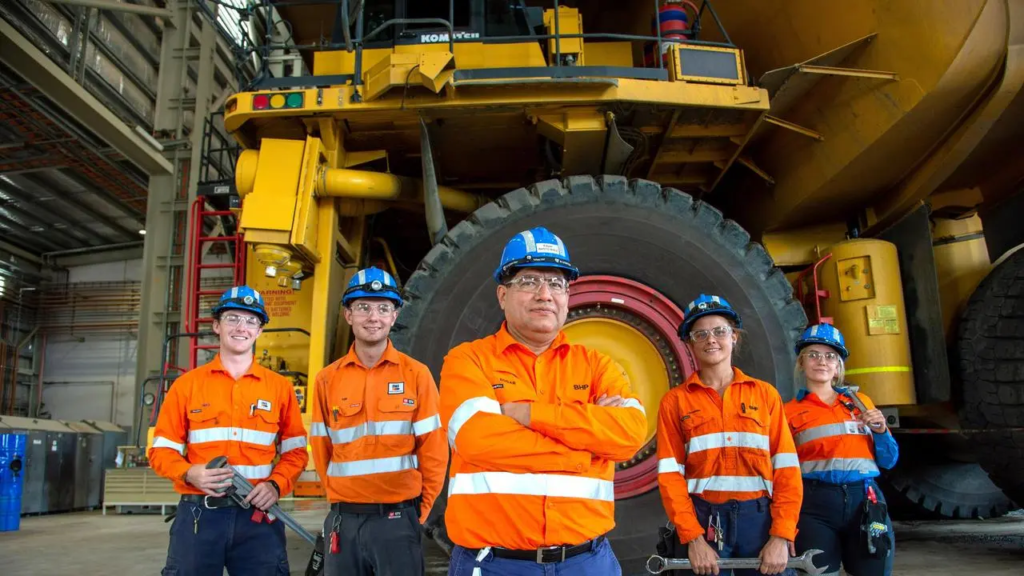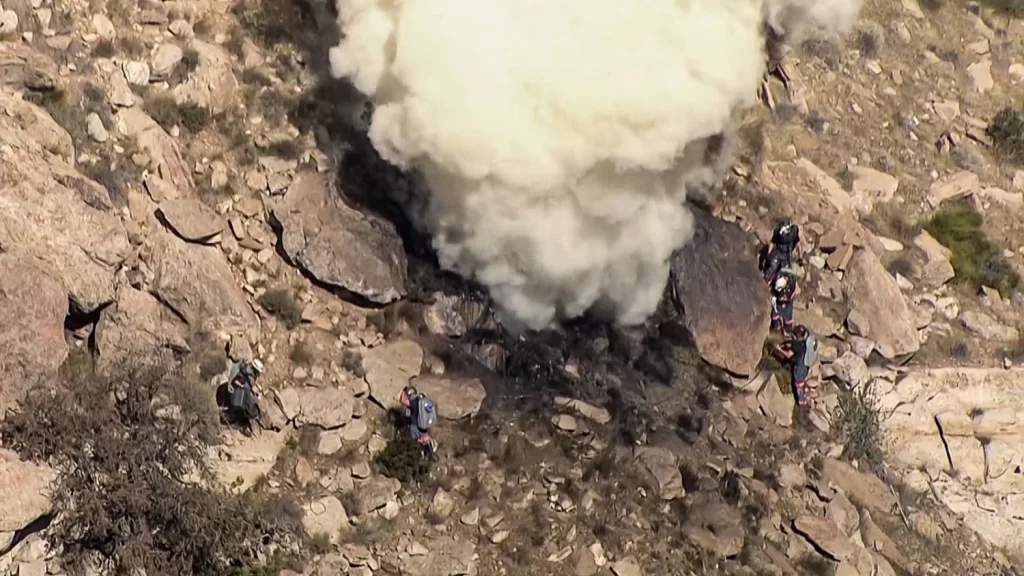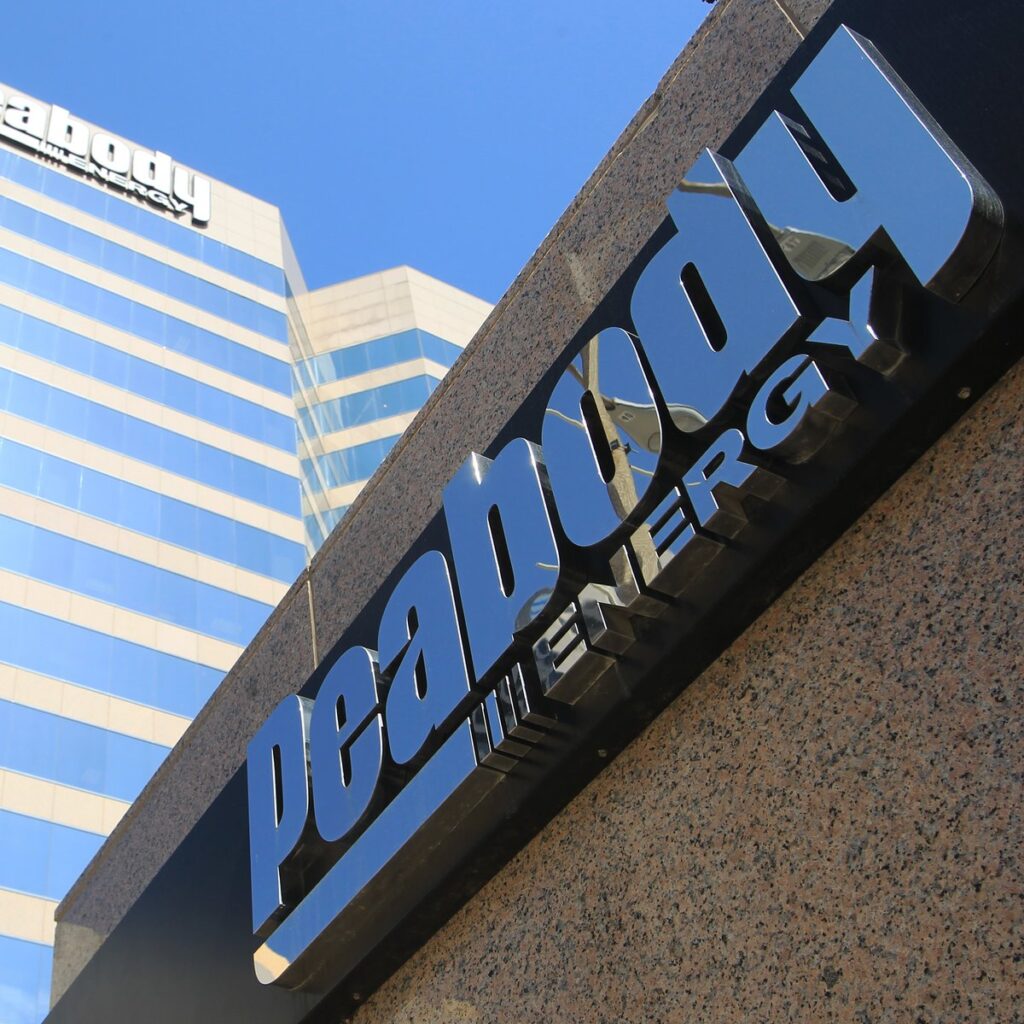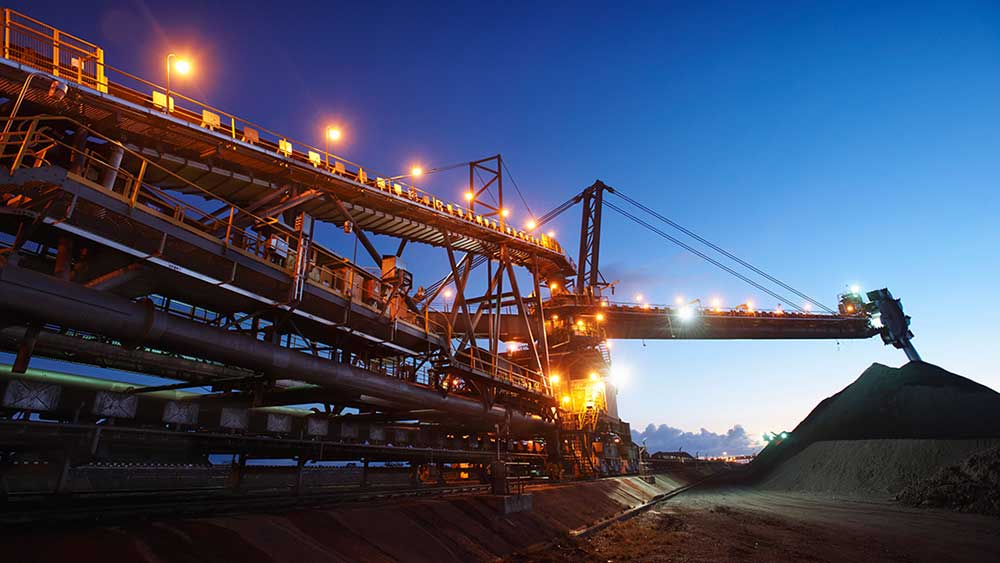BHP has started shedding jobs in Australia as part of a major restructure of its global operations spanning mine planning to maintenance, logistics, decarbonisation and heritage protection. Specialist teams are being disbanded to streamline the business and cut costs after chief executive Mike Henry said wage inflation in Australia was “especially problematic”. Although the exact number of jobs lost remains unclear, the global reset will decentralise BHP’s white-collar support services and put more responsibility on individual commodity divisions to run themselves self-sufficiently.
BHP staff were informed of the changes, described by the company as a simplification, over the past 24 hours. A spokesman said: “As part of our continuous improvement in how we approach our work, we have made some changes to better align work activities within assets and support quicker decision making.” The axe is already hanging over thousands of workers in BHP’s nickel operations in Western Australia and coincides with a softening in iron ore prices amid question marks over the outlook for the Chinese economy, the largest export market for iron ore. In Australia, some workers in the standalone planning and technical division and the health, safety and environment division have already been made redundant.
The redistribution of responsibilities also covers heritage, maintenance, warehousing and logistics, decarbonisation and mine rehabilitation.
Iron ore, coal, copper and nickel – which come under the umbrella of Minerals Australia – will take on most of these responsibilities in their own right. It is understood the leaders of those mining operations will ultimately decide how far headcount is reduced.
BHP last month tapped Anna Wiley, who was head of asset management in the maintenance centre of excellence, to grow its Australian copper operations including Olympic Dam, Carrapateena and Prominent Hill mines. Tim Day, previously in charge of the company’s global maintenance and engineering centre of excellence, was handed the task of running the WA iron ore operations that produced almost 80 per cent of BHP first-half underlying earnings.
In handing down its interim results on February 20, Mr Henry urged the Albanese government to get industrial relations policies right rather than offering subsidies and rescue packages in light of the rout in nickel prices.
BHP’s statutory profit fell to an eight-year low of $US927 million ($1.419 billion), saddled by nickel impairments, as Mr Henry signalled a focus on costs and renewed the company’s attack on IR policy.
As part of the reset, new teams – known as health, safety and security and separately planning, technical and environment – will be embedded in the mining businesses. That supervision previously rested with health, safety and environment, and separately planning and technical. The mining businesses will also have carriage of maintenance planning and scheduling, previously part of BHP’s global technical arm. Likewise, they will take charge of warehousing and logistics, previously part of the global commercial arm.
Major projects that fall under Minerals Australia will continue to be delivered through a national team, as will operational decarbonisation, previously the responsibility of planning and technical. BHP has told staff each of the mining businesses will end up with a similar structure, but implementation will be different in each case.
Speaking at a BMO mining conference in Miami this week, Mr Henry said BHP’s ability to “walk and chew gum at the same time” was part of its success capitalising on a strategy designed to be resilient irrespective of the commodities cycle.
“Our near-term outlook for China remains cautious, and conditional on how quickly and effectively pro-growth policies impact the broader Chinese economy,” he said.
Although he made no reference to the restructure, Mr Henry said BHP’s largest opportunity to unlock value was by increasing productivity within its existing assets.
By: Brad Thompson








